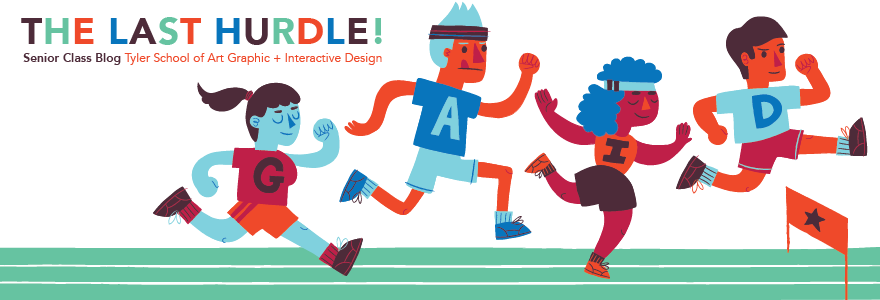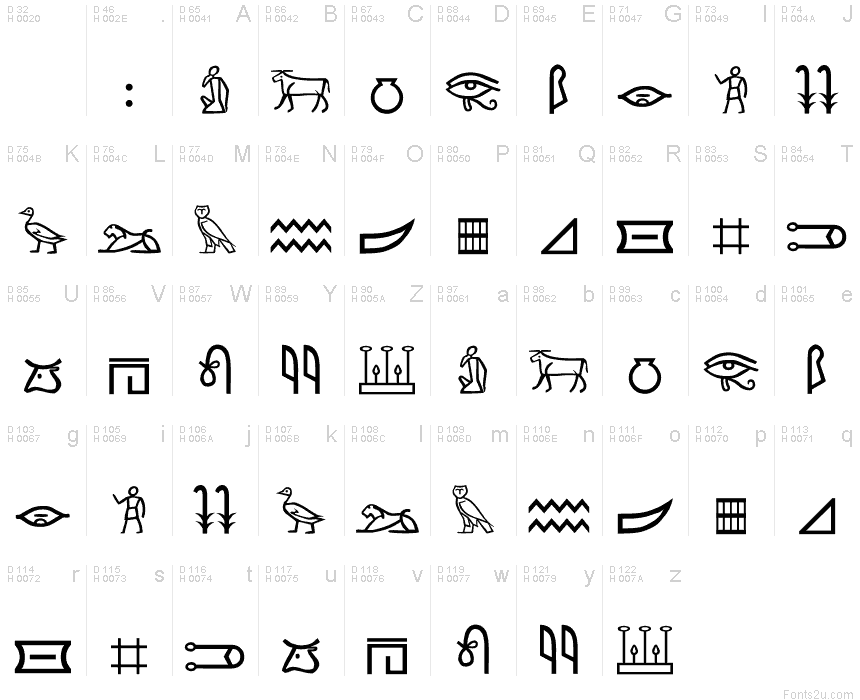You're a creative individual, so shouldn't your clothing represent who you are as a designer?
Well, yes and no. Yes, you want your clothing to represent your individuality as a creative person, but that doesn't always mean it is work appropriate. As a designer, what should really represent you is your work, not your appearance. When making a first impression, you want them to remember you for what you show and saw, not what you look like.
You can get a feel for what most companies will be looking for according to the size of the business. If you are applying to a big corporation, then you will want to dress more formally as opposed to a small business or agency where they may tend to dress more on the casual side.
As a general rule of thumb, dressing business casual is always your best bet. When first appearing to the interviewer, it is a good idea to hide any tattoos and piercings where you can. The safest bet when it comes to body modifications is to get a feel for the environment and personality of your prospective team, especially in a corporate setting, before showing off your ink and piercings. While some places have embraced the newer trend, many businesses still have a conservative mindset that will not be as accepting of your unique appearance.
Sunglasses, sneakers and casual shoes are an absolute no. Interviewers do not take you seriously when you appear with well worn out shoes and sunglasses propped on your head or tucked in your shirt somewhere. Put the sunnies away and get some nice polished shoes for an interview.
Creative hairstyles and colors are also something to avoid during first impressions. Many companies will tell you to lose the fun colors, and more conservative hairstyles will make a better impression. Keep facial hair trimmed neat, and keep hair away from your face and pulled back if necessary.
Don't use any bold colognes and perfumes for an interview, either. You have no idea whether or not the person interviewing you may have sensitive smell or allergies. Just come smelling fresh and clean and don't forget deodorant.
For men: For a corporate position a nice suit with a dress shirt and policed shoes is the best attire. Unless you are applying to a very high up creative director position, a tie is probably not necessary. Make sure that your pants are at an appropriate hemline. They shouldn't be too short to show your socks (which should be dark, white socks are awful under a suit) and too long to drag on the floor. Also, many interviewers will notice if your fingernails are dirty and ragged, so make sure to trim and clean before going in. Nothing is more of a turn off for someone you are presenting your work to than being too distracted because you have dirt under your nails. It seems trivial, but it is important to make a great impression on all levels.

If you are applying to an small agency, a nice dress shirt with a jacket/blazer is probably fine to pair with jeans. No t-shirts. If the business is that casual, you may be able to get away with t-shirts after your hired, but not before. That being said, these jeans should be a very nice pair of jeans, dark, not dirty and no rips, tears or stains. Also, that still does not make it ok to wear your sneakers. Always choose polished ,work appropriate shoes with dark socks. As a safe bet though, you should probably just avoid jeans and buy a nice pair of slacks.
For women: Regardless of whether the position is for a big or small company, never wear an outfit with a low cut top. If you can see cleavage, don't where it. Same goes for hemlines that are too short. That does not mean you are limited to just dresses or skirts. In a corporate environment, matching pantsuits and jackets are appropriate. You don't always need to wear a jacket over top, but be cautious of the sleeves if you choose not to cover up. The thickness of the strap rule applies now more than it ever did in public schools. The more conservative you dress, the better off you will be.
For corporate jobs, try to avoid bright and bold colored outfits for the most part. There will be plenty of opportunity to wear them after you get hired. You want your work to scream more loudly to the interviewer than your patterned dress might.
For smaller agencies, you can dress a little edgier wearing a bright or bold colors underneath, but keeping the rest of the appearance conservative will still be the most successful.
If you are uncomfortable wearing heels, then don't wear heels! Flats can be just as dressy and work appropriate while still being comfortable. Shoes should be polished and neat looking and not your comfortable running around shoe. NEVER where flip flops or open toed shoes to and interview. Some people do not like to see your toes on the first impression.
When it comes to make up, tone down on any bold colors or strong dark eye make up. Keep it lighter and more natural.
The first impression is the most important part of the interview process! After getting hired it may be alright to let down your pink hair, grow out your beard, roll up the sleeves to show off the tats or wear a dress covered in kittens, but don't show off your uniqueness until they have established that they love your work!


















